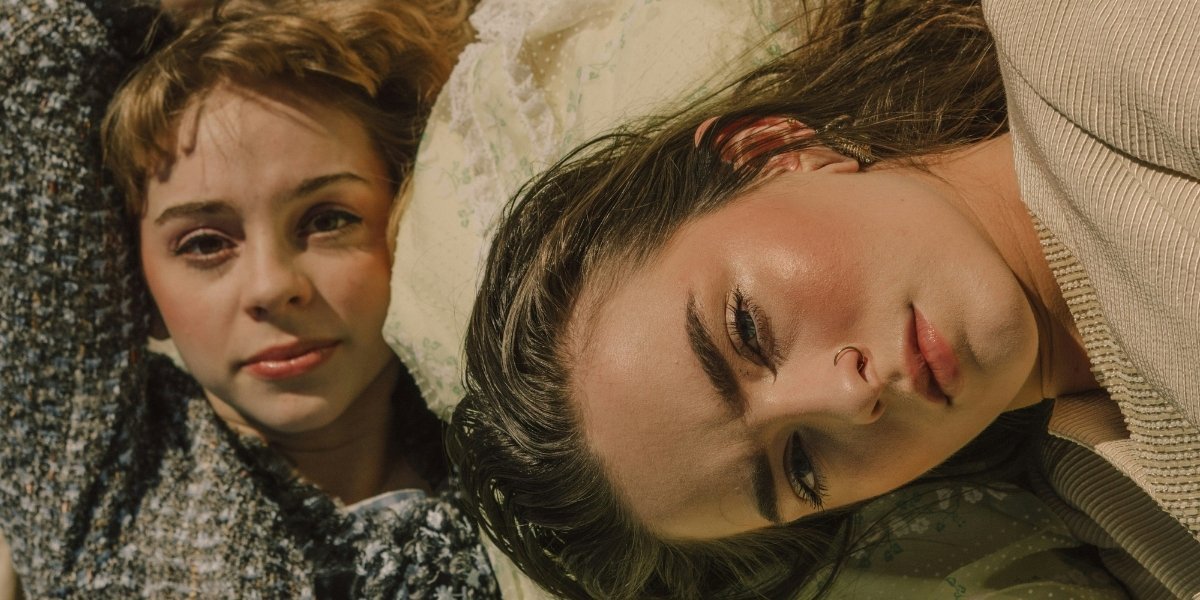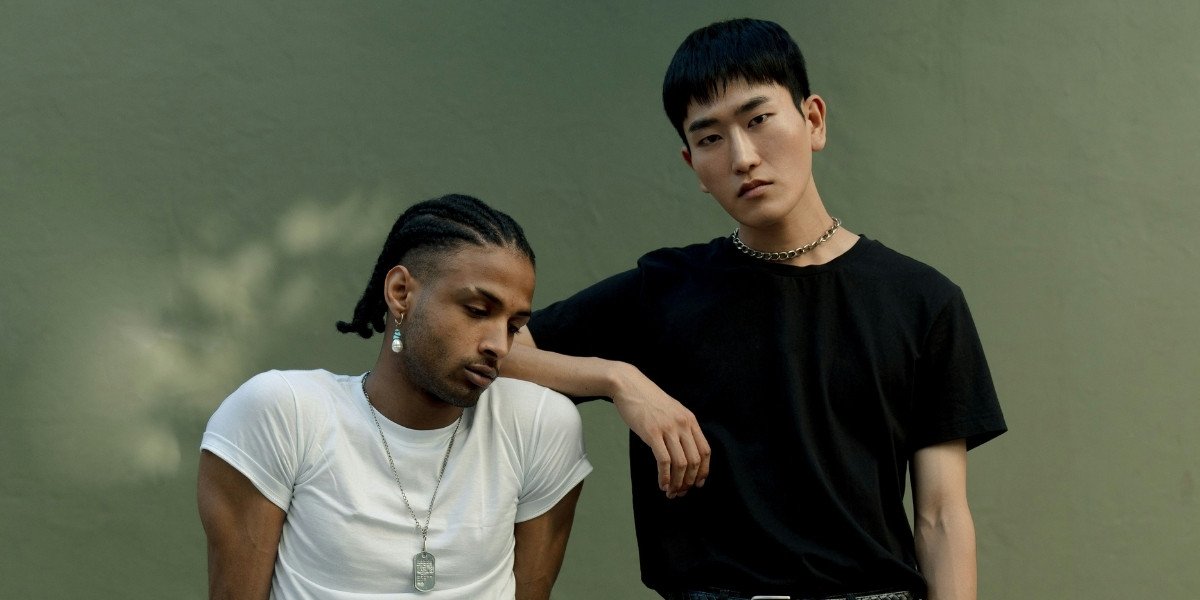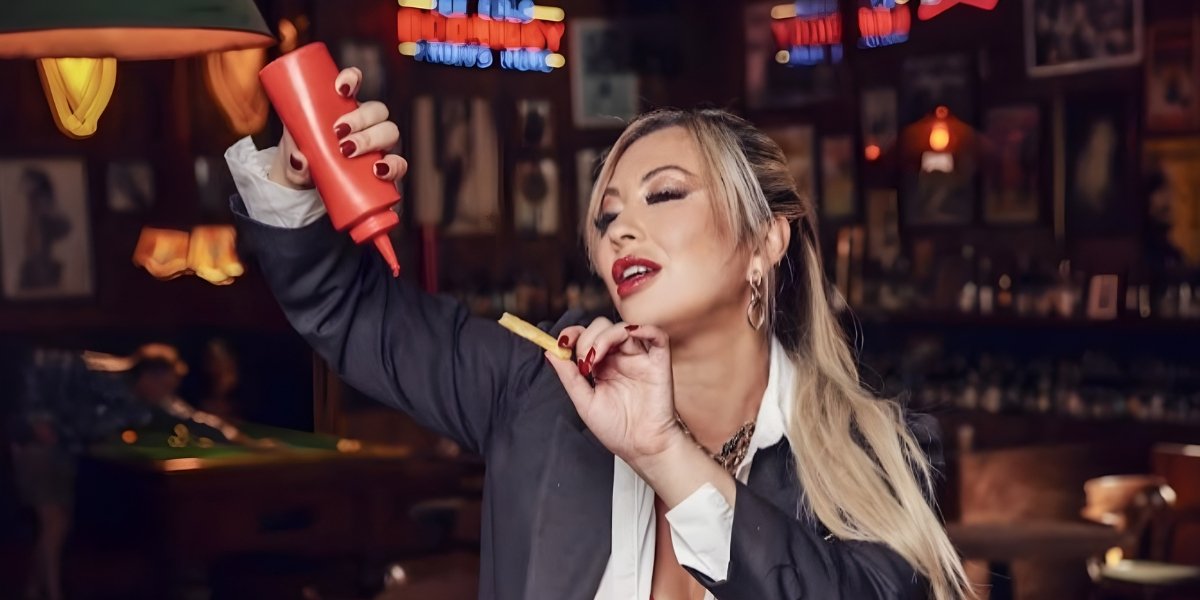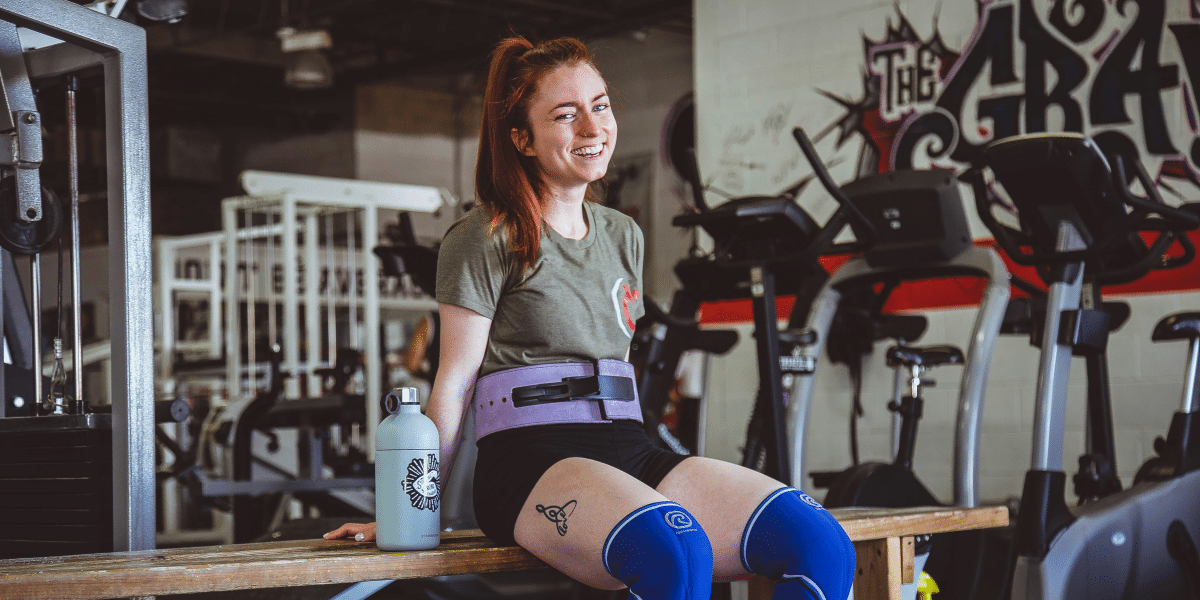The Rise of Androgynous Fashion Models: A Style Revolution
Fashion has always been a powerful mirror, reflecting and influencing societal norms. In recent decades, one of the most compelling shifts has been the rise of androgynous fashion models, individuals who embody a fluid blend of masculine and feminine characteristics. This movement is more than just a passing trend; it represents a significant style revolution that challenges traditional gender binaries and promotes inclusivity, self-expression, and a broader understanding of beauty. These models, with their unique aesthetics, are reshaping perceptions on runways and in advertising campaigns worldwide.
The increasing visibility of androgynous models is a testament to evolving cultural attitudes towards gender and identity. They push boundaries, offering a refreshing alternative to rigidly gendered presentations and opening up new possibilities for creative expression in clothing. This article will delve into the historical roots of androgynous fashion, highlight prominent figures who have championed this aesthetic, and explore the profound impact these models have had on the industry and society at large.
A Historical Walk Through Androgynous Fashion
Androgynous fashion is far from a new concept, with its roots stretching back centuries across various cultures. From ancient civilizations where clothing often transcended strict gender codes to 17th-century European aristocrats donning elaborate lace, ruffles, and even heels regardless of gender, the blurring of masculine and feminine aesthetics has long been present. However, it was in the 20th century that androgyny began to gain significant momentum in mainstream fashion, often driven by cultural shifts and rebellious artistic movements.
The 1920s saw the emergence of the “flapper” style, where women adopted a boyish silhouette, short bobbed hair, and looser clothing, rejecting the restrictive corsets of the Victorian era. Iconic figures like Marlene Dietrich further pushed boundaries in the 1930s, famously wearing tuxedos and trousers in public and on screen, challenging prevailing norms of femininity. The 1960s and 70s brought another surge of androgyny, fueled by counterculture movements and glam rock. Artists like David Bowie, with his alter ego Ziggy Stardust, and Mick Jagger, wearing dresses on stage, became pioneers, using fashion to express gender fluidity and individuality.

Photo Credit: Unsplash.com
The 1980s saw designers like Jean Paul Gaultier challenging traditional menswear with skirts for men, while Japanese avant-garde designers like Yohji Yamamoto and Rei Kawakubo embraced deconstructed, oversized, and often gender-ambiguous silhouettes. These historical moments laid the groundwork for the contemporary rise of androgynous fashion models, demonstrating that the appeal of blurring gender lines in attire has a rich and enduring lineage.
Iconic Androgynous Models and Their Impact
The modern era of fashion has seen several groundbreaking androgynous models rise to prominence, becoming faces that define this style revolution. These individuals, through their distinctive looks and powerful presence, have not only graced countless magazine covers and walked for top designers but have also become advocates for gender fluidity and self-expression. Their impact extends beyond aesthetics, challenging conventional beauty standards and inspiring a more inclusive vision of identity.
One of the most recognized figures is Andreja Pejić, a Serbian-Australian model who gained fame for her ability to model both men’s and women’s collections with equal conviction before publicly transitioning to a woman in 2013. Her early career as an “androgynous” model, often appearing in haute couture shows for Jean Paul Gaultier and campaigns for major brands, opened doors and conversations about gender presentation in high fashion. Similarly, Erika Linder, a Swedish model and actress, has been widely recognized for her ability to seamlessly transition between masculine and feminine roles in editorials and campaigns, working with brands like Louis Vuitton and Tom Ford.
Other influential figures include Rain Dove, an American non-binary model and activist known for their striking features and advocacy for gender diversity, and Grace Jones, whose bold, angular features and edgy style in the 70s and 80s made her an early icon of androgynous chic. More recently, artists and public figures like Harry Styles and Jaden Smith have also contributed to the mainstream acceptance of gender-fluid fashion, donning traditionally feminine attire and blurring gender lines, often inspiring younger generations to embrace similar forms of self-expression. These models and personalities don’t just wear clothes; they embody a broader cultural shift towards individuality and authenticity.
The Influence on Design and Retail
The rise of androgynous fashion models has had a profound impact on the design and retail landscapes, leading to a significant shift towards more gender-neutral and inclusive collections. Designers are increasingly moving away from rigid binary categories, creating garments that can be worn by anyone, regardless of their gender identity. This is reflected in the growing popularity of “unisex” or “genderless” lines, which prioritize comfort, versatile silhouettes, and a fluid aesthetic.

Photo Credit: Unsplash.com
Contemporary designers like Rick Owens, known for his architectural and often gender-ambiguous designs, and houses like Gucci (under Alessandro Michele’s former creative direction), which frequently presented men and women in similar opulent, romantic styles, have been at the forefront of this movement. Brands like Vetements and Comme des Garçons also continually push boundaries with oversized, deconstructed, and non-form-fitting garments that defy traditional gendered tailoring. This approach offers a liberating alternative to historically restrictive menswear and womenswear categories.
Beyond high fashion, the influence is permeating mainstream retail. More and more brands are introducing gender-neutral sections or entirely ungendered collections, responding to consumer demand for clothing that allows for individual expression without conforming to traditional gender roles. This shift isn’t just about aesthetics; it also aligns with broader movements towards sustainability, as gender-neutral garments can potentially have a longer lifespan and wider appeal across different users. The focus is increasingly on the garment itself and how it makes the wearer feel, rather than who it is “supposed” to be for.
Societal Impact and Future of Gender Fluidity in Fashion
The rise of androgynous fashion models and the accompanying shift in design have had a significant societal impact, contributing to a broader acceptance of gender fluidity and challenging deeply ingrained stereotypes. By showcasing individuals who embody diverse expressions of masculinity and femininity, these models help to normalize non-binary identities and empower people to dress in ways that authentically reflect who they are, rather than adhering to prescribed gender roles. This visibility fosters a more inclusive and tolerant society.
This stylistic revolution encourages critical thinking about how clothing has historically been used to define and often limit gender expression. It highlights that fashion is a form of self-expression, not a rigid identifier of biological sex. For the LGBTQ+ community, particularly non-binary and gender non-conforming individuals, the increased representation of androgynous models provides validation and a sense of belonging, seeing their identities reflected and celebrated in mainstream media.
The influence of androgynous fashion models is likely to continue growing. As younger generations increasingly reject strict gender norms, the demand for gender-neutral clothing and more diverse representation will only intensify. This isn’t just about what’s “trendy”; it’s about a fundamental evolution in how society views gender and individuality. Fashion, with its powerful visual language, will continue to play a crucial role in dismantling binary expectations and paving the way for a more fluid, inclusive, and expressive future for all. The runway is becoming a stage for a truer reflection of humanity’s multifaceted identities.










